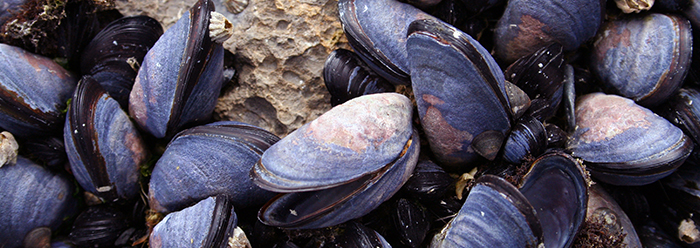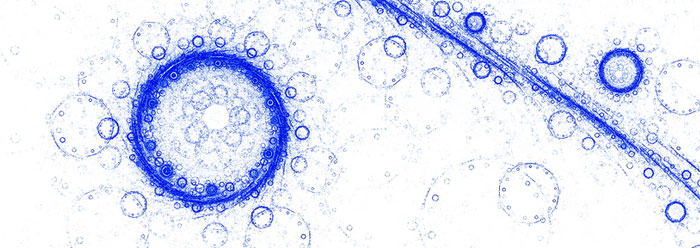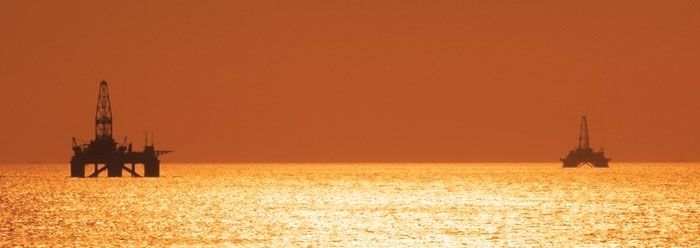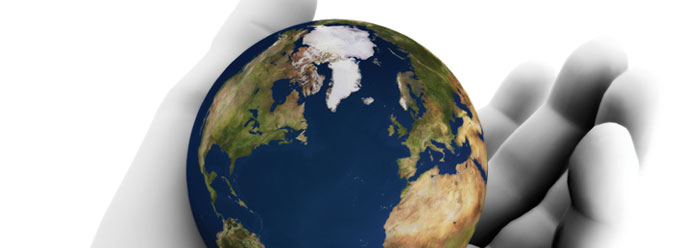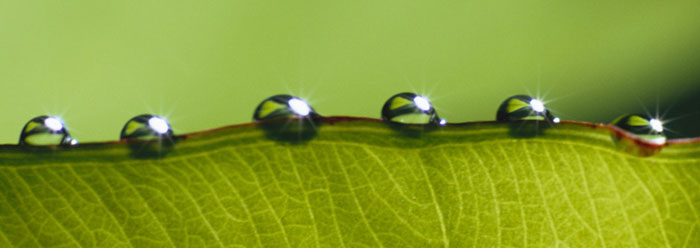
Earth's Water Cycle Protects and Provides
Clouds function as earth's curtains, balancing the temperature. When they form, they block the sun when the temperature on earth becomes too hot, and they let the sunlight in when it becomes too cold. When the earth is hot, more water evaporates from the oceans and turns into clouds. These clouds reflect more energy and the earth cools. When the earth is cold, the clouds cool and condense into rain and snow. With fewer clouds, less energy is reflected. The energy reaches the earth and warms it. The earth has the most diverse collection of reflective surfaces in our solar system.
Water is the most abundant chemical compound on earth. Water covers three fourths of the earth's surface. Between half to three fourths of your body is water. Water is ideal for carbon-based chemistry.
Water is transported from the ocean to the atmosphere, to the land, and then back to the ocean. The ocean is the primary storehouse of water on the earth. The sun evaporates water from the oceans, which rises into the atmosphere and eventually returns to the ocean.
The atmosphere also stores a small quantity of water. Wind blows water vapor from the hot ocean to the cool land. Cooling water vapor condenses into clouds. Water falls back to the land as rain and snow.
The land also stores water. Fresh water is held for months in ice and snow. Water infiltrates into the land and is stored underground. Surface water flows into streams and rivers. Lakes store water. Water flows from the land back into the ocean.
Water expands when it freezes, unlike most other substances. Ice and snow take up more volume than the same amount of liquid water. This makes water denser as a liquid than when frozen, so ice floats on the surface. If ice did not float on the surface of the water, the floors of oceans and lakes would be covered with glaciers of ice that never melt. Ice helps regulate the climate by reflecting energy.
As a liquid, water's temperature range is perfect for cycling water from the oceans to the land. Water takes a lot of energy to evaporate into a vapor, and it releases this energy when it condenses back into liquid. This absorbtion and release of energy balances temperatures in the earth's climate, as well as inside living cells. If less energy were required for evaporation, streams, rivers, and lakes would evaporate away quickly.
Beautiful clouds and sunsets inspire praise for the Creator who forms them. We are blessed by the water that flows though our biosphere.





